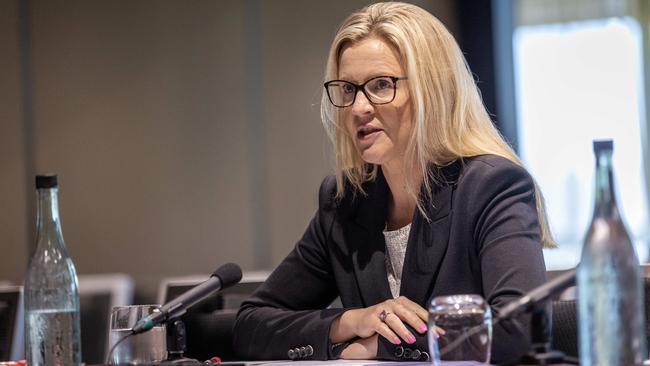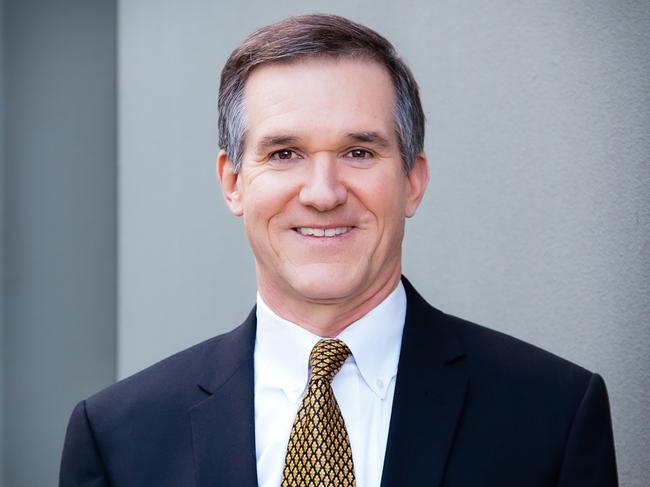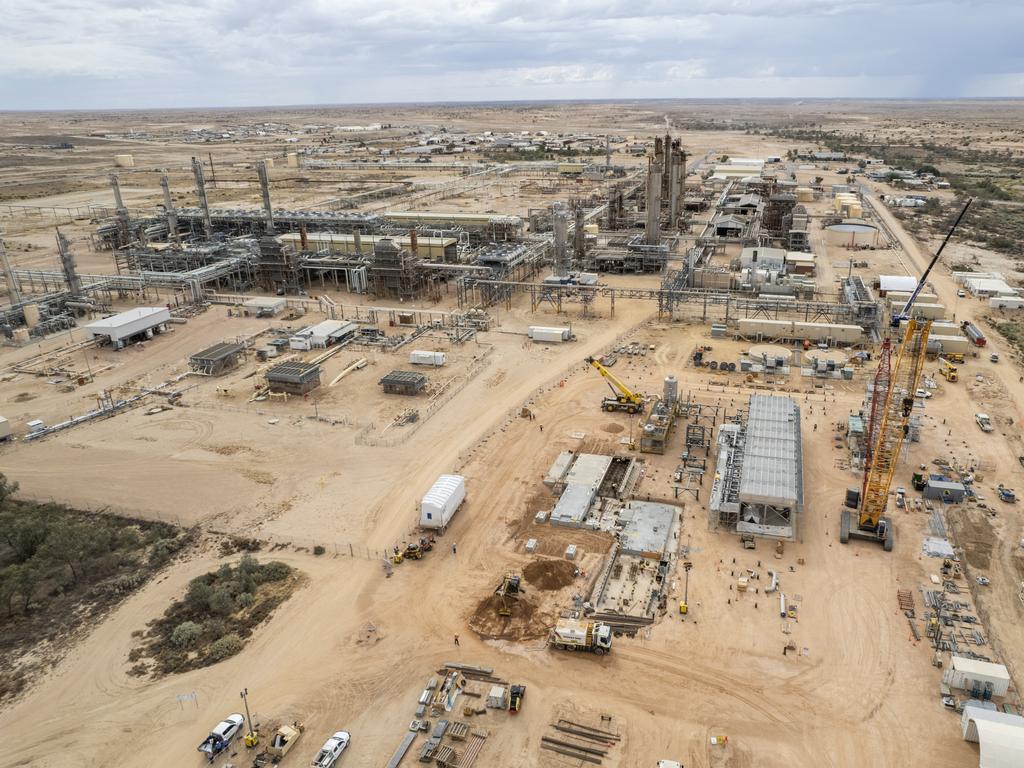Australia has a $600bn opportunity from embracing carbon, capture and storage
Australia stands to generate nearly $600bn by selling its spare carbon storage capacity to the world, with energy giant Chevron warning regulatory barriers risk deterring future gas investment.

A new analysis shows Australia could generate nearly $600bn in revenue by selling its spare carbon storage capacity to the world and helping other nations meet their net zero ambitions, as energy giant Chevron says lingering regulatory barriers risk deterring future investment in gas.
Two weeks after the government’s future gas strategy backed-in carbon capture and storage (CCS) to help achieve the transition to net zero by 2050, Australian Energy Producers chief executive Samantha McCulloch said Australia should seize the opportunity to become a storage hub for the Asia-Pacific region.
She cited a research paper in the Australian Energy Producers Journal, an annual publication released this week to coincide with AEP’s annual conference in Perth, where Wood Mackenzie found Australia could attract revenue of more than $500bn by selling its spare storage capacity to the region.
While the government’s future gas strategy has backed in the energy source out to 2050 and beyond, Chevron Australia’s managing director, Mark Hatfield, sounded the alarm on the abandonment of legislation in the parliament last week supporting changes to the offshore regulatory framework.

He noted the Labor-Greens deal to pass the government’s PRRT reforms, imposing a $2.4bn tax impost on the gas industry, had carved out key changes supported by industry that would have clarified “ambiguous consultation requirements for offshore gas developments”.
“With the legislation now on hold indefinitely, clarity and certainty remain elusive and the question mark over Australia’s attractiveness as a destination for gas investment still lingers,” Mr Hatfield wrote in The Australian.
“Recent regulatory and policy shifts have been cause for concern.

“While no single policy or regulatory change alone may act as a deterrent to future investment, the cumulative effect of these shifts is challenging Australia’s investment appeal at a time when global competition for capital has intensified.”
Jim Chalmers on Sunday said it was “very clear that gas has a role to play, even as we engage and invest substantially and enthusiastically in more renewable power.”
Also writing in The Australian, Ms McCulloch said the global shift to net zero could serve as another “opportunity for Australia to expand our trade relationships and create jobs based on our vast resources”.
She said Australia had an opportunity to “build a new industry from its spare carbon storage capacity deep beneath our ground and oceans”.
“The Future Gas Strategy has now put this opportunity firmly on the table, backed up by $32m in funding in last week’s federal budget,” she said.
“The strategy recognises that Australia’s expertise, infrastructure and natural geology puts us in pole position to support industrial decarbonisation in our region. The potential economic benefits of this are significant.”

Ms McCulloch pointed to a research paper by Stephanie Chiang – a research analyst for carbon capture, utilisation and storage at Wood Mackenzie – suggesting that between $491bn and $582bn in revenue could be gained from “opening all of Australia’s excess storage capacity to regional emitters, assuming a transport and storage fee of USD33–39/tCO2”.
“Australia is a CCS policy frontrunner in Asia-Pacific, especially in geological CO2 storage,” Ms Chiang wrote.
The paper called for Australia to provide greater long-run regulatory certainty for CCS projects, and suggested “setting a national CCS target” to “galvanise the industry.”
It also called for the government to fund “anchor projects”, noting that Britain and The Netherlands ran competitions to select CCS projects for funding.
“Funding three CCS hubs of 10 million tonnes per annum at 30 per cent of the transport and storage capital expenditure (capex) would cost the government $US550m,” the paper said.
Ms McCulloch also said that, in November, a CSIRO and Global Carbon Capture and Storage Institute (GCCSI) report commissioned by the West Australian government found the state was on the cusp of a carbon capture boom.
The report estimated the state economy would receive a $55bn boost by 2050 from carbon capture hubs, creating tens of thousands of new jobs and protecting existing resources jobs.
“The CCUS Hubs Study found the Pilbara region could meet 33 per cent of the state’s emissions reduction target alone and capture 90 per cent of emissions in that region,” Ms McCulloch said.
“A total of 37,000 jobs would be created during construction, with another 500 created permanently.”








To join the conversation, please log in. Don't have an account? Register
Join the conversation, you are commenting as Logout